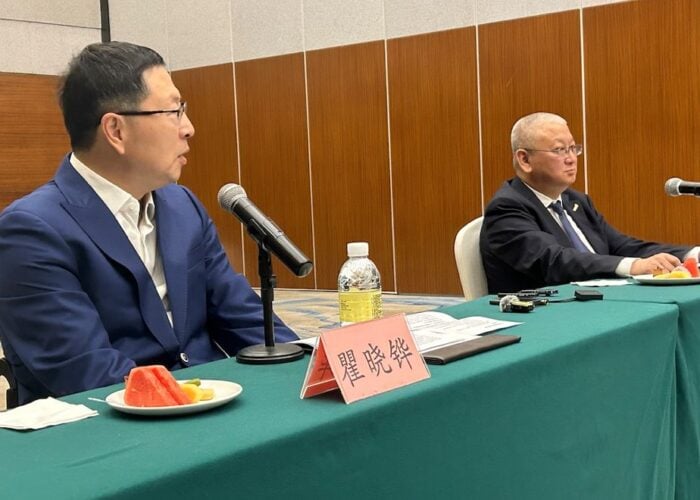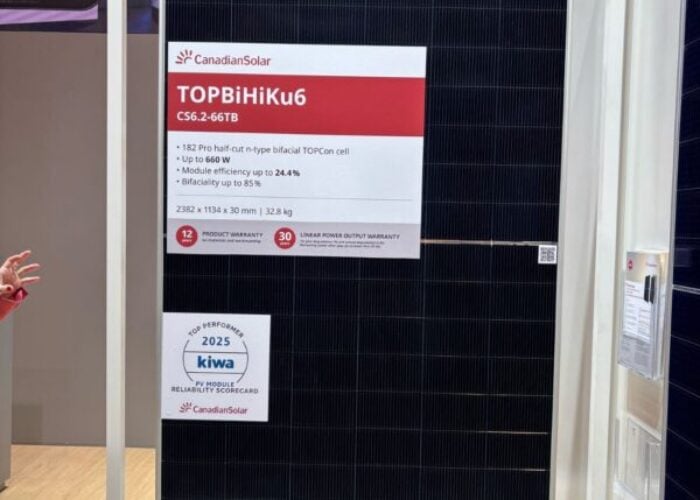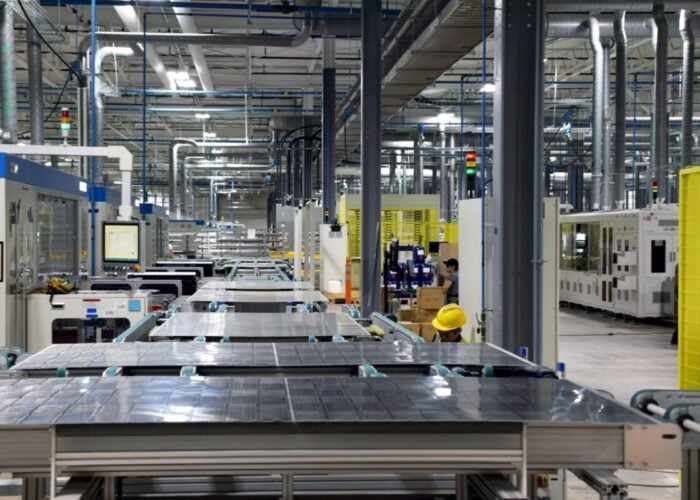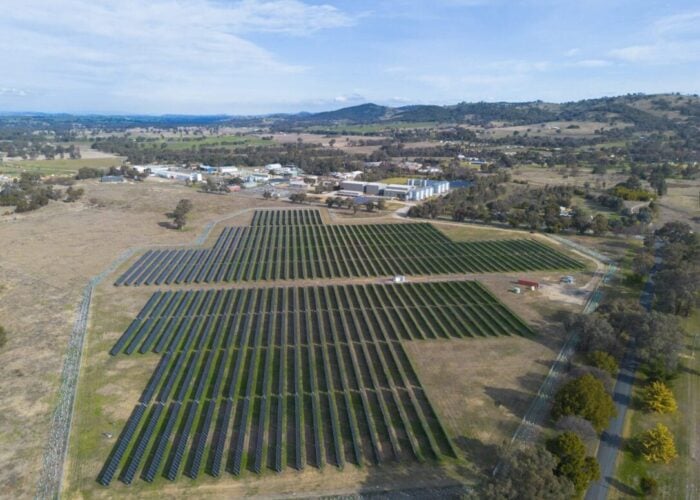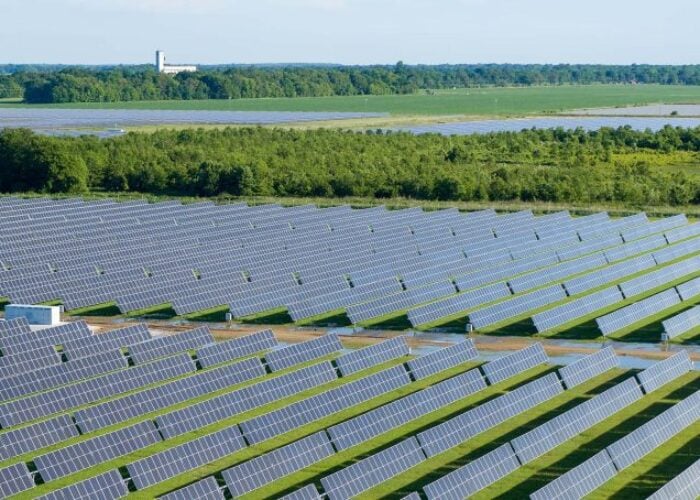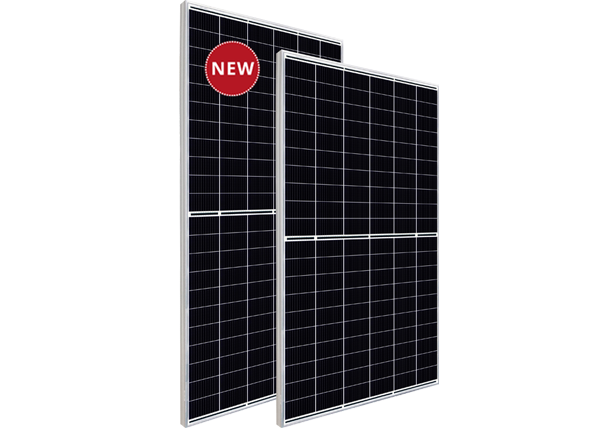
Annual PV installation worldwide exceeded 130GW in 2020, a new record high. In 2021, the global market will continue to grow rapidly and is expected to reach an annual installation figure of around 160GW. Driven by the “carbon neutral” goal of many countries and the clean energy transition, it is expected that 210-260GW of installed capacity will be added worldwide each year by 2023.
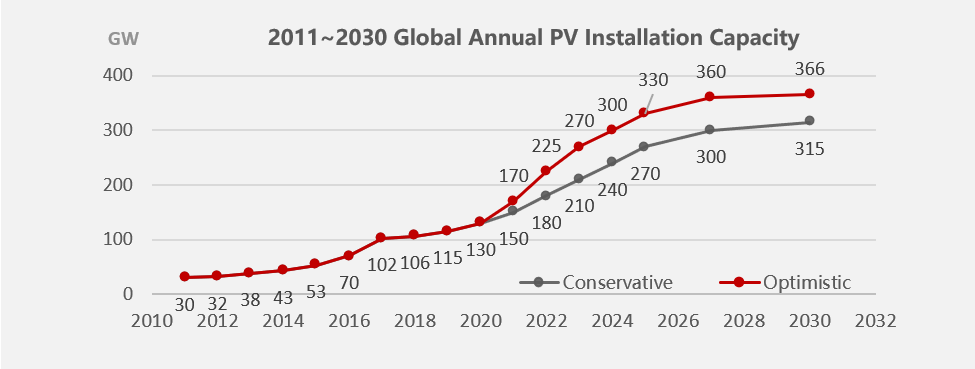
As early as 2010, Canadian Solar was developing half-cut cell technologies and double glass modules. With its continuous R&D over the last 10 years, the company has successfully combined those two advanced developments to launch its HiKu7 and BiHiKu7 modules, featuring 210mm cells and 600W+ power output.
Unlock unlimited access for 12 whole months of distinctive global analysis
Photovoltaics International is now included.
- Regular insight and analysis of the industry’s biggest developments
- In-depth interviews with the industry’s leading figures
- Unlimited digital access to the PV Tech Power journal catalogue
- Unlimited digital access to the Photovoltaics International journal catalogue
- Access to more than 1,000 technical papers
- Discounts on Solar Media’s portfolio of events, in-person and virtual
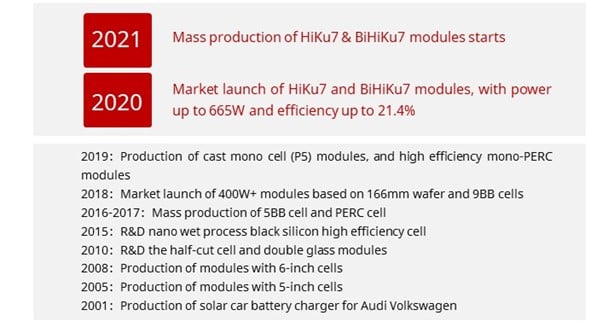
The company has released a white paper on HiKu7 and BiHiKu7 modules, together with a series of videos on Youtube showing the detailed manufacturing and testing processes undergone by the modules, providing a greater insight into the technology present. The white paper also details how the modules are leading the way in a new era of 600W+ with their high reliability, high power and high energy yield.
The HiKu7 and bifacial BiHiKu7 modules are based on 210 mm cells and are set to deliver one of the most competitive Levelised Costs of Electricity (LCOE) in the industry by reducing balance of system (BOS) and other costs for solar power plants. The modules have been optimized with leading tracker and inverter designs to ensure the seamless installation of solar systems.
The 210mm cells improve the wattage up to 665W and reduce the investment cost of a solar system. The company applies five high efficiency cell technologies, four high power module technologies and four high reliability technologies in order to ensure module power output in a real-life outdoor environment.
Patented double-sided PERC cell technology
Canadian Solar began producing PERC cells in 2016 and set two world records in 2019, with cell efficiencies of 22.28% and 22.80%. These records were tested and certified by Fraunhofer ISE and the German Institute for Solar Energy Research (ISFH).

Innovative technology reduces cell LeTID by more than 50%
In outdoor environments, light and high temperatures can contribute to module degradation. The degradation effect that occurs under this combination of conditions is called LeTID (Light and Elevated Temperature Induced Degradation). Thanks to the Canadian Solar Advanced Regeneration (CSAR) technology, degradation of cell LeTID is reduced by more than 50% when compared to the industry average.
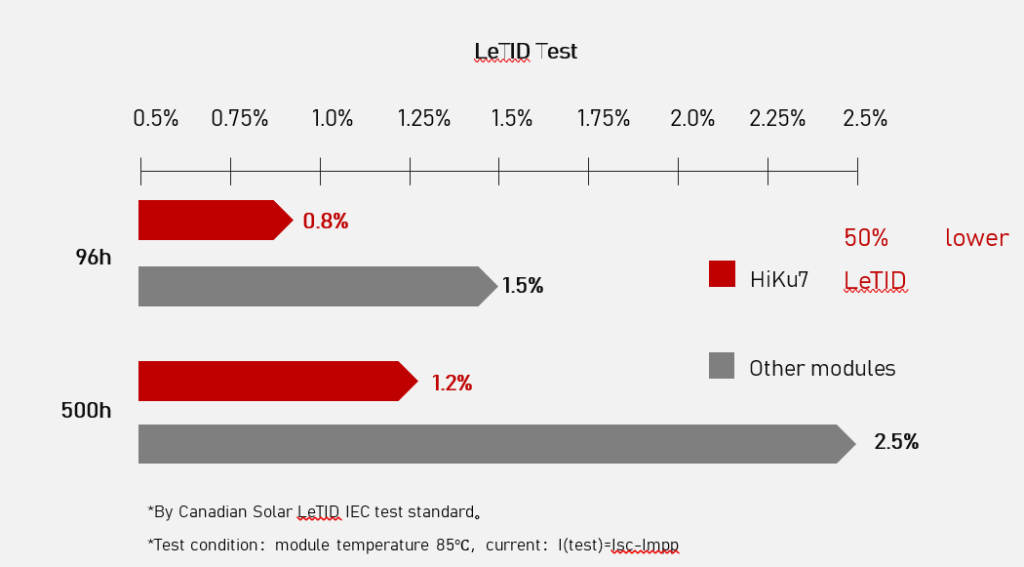
To absorb more irradiance and obtain greater energy yield, Canadian Solar uses Hetero-type ribbon (HTR) and paving technologies to reduce the gap between cells by more than 50%, thereby increasing power output of modules over the same area. As a result, inactive module area is reduced by 70%, while module efficiency is increased by up to 21.4%.
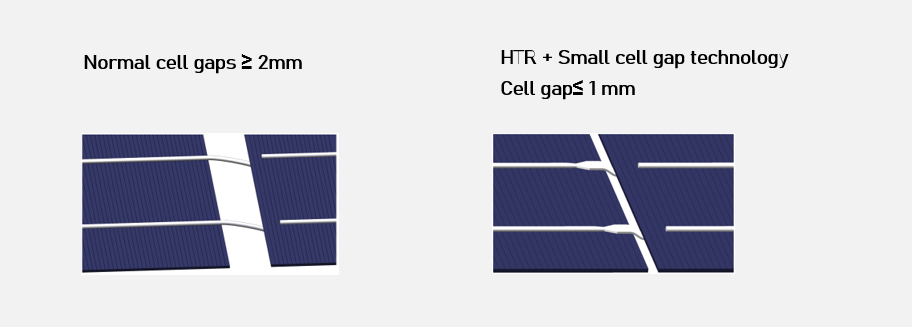
The company conducts rigorous in-house testing in its laboratories to ensure products are durable and reliable and regularly submits them to the world’s leading independent testing institutes. Each product is checked at 442 different points along the manufacturing process to ensure its quality and the company has recently revealed its manufacturing secrets and testing technologies for 210mm-cell modules in a series of videos. The full list of videos is available here.
HiKu7 and BiHiKu7 modules are compatible with all leading tracker and inverter brands. Because of their higher power and efficiency, balance of system costs are expected to be reduced by up to 5.7% and LCOE by up to 8.9%, relative to mainstream 445W modules.
Considering transportation convenience and efficiency, Canadian Solar uses vertical packaging in order to be compatible with containers. Taking a 40-foot container as an example, HiKu7 modules are loaded vertically, which can increase loading power by 22.4%. In order to prevent modules from colliding during transportation, the company uses an integrated interior design, enclosure and reinforcement, as well as four corner guards. In addition, the innovative design of the packaging makes unpacking easier and more efficient when the modules arrive at the project site.
Dr. Shawn Qu, Chairman and CEO of Canadian Solar, commented that these products and technological innovations will continue to boost project returns, further improve the competitiveness of solar energy and accelerate the global transition to clean energy.
Canadian Solar held a webinar on 15 April 2021, analysing how HiKu7 and BiHiKu7 are compatible with tracking systems and able to generate more energy. To watch the replay of the webinar or access the white paper for the modules, please click here.

